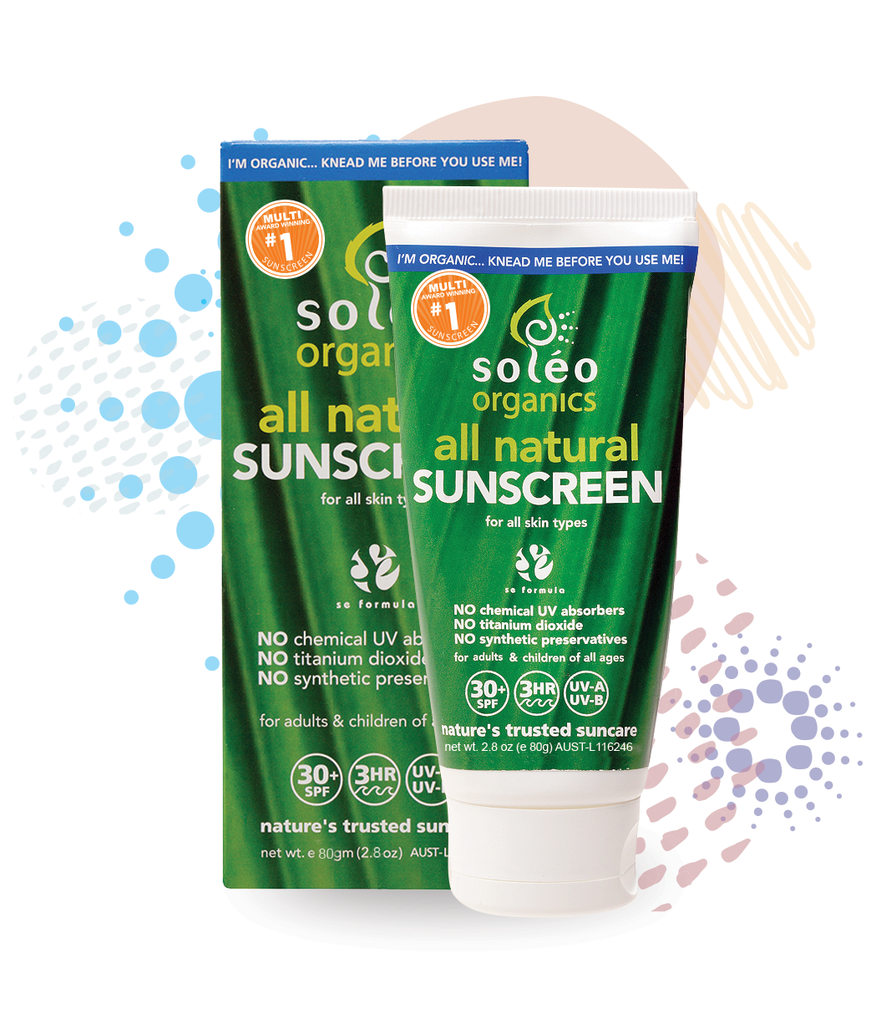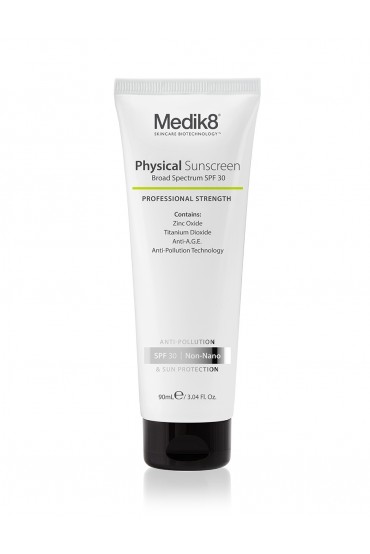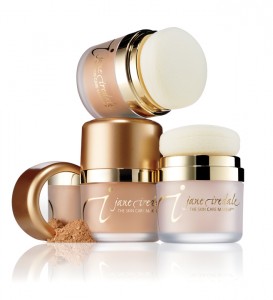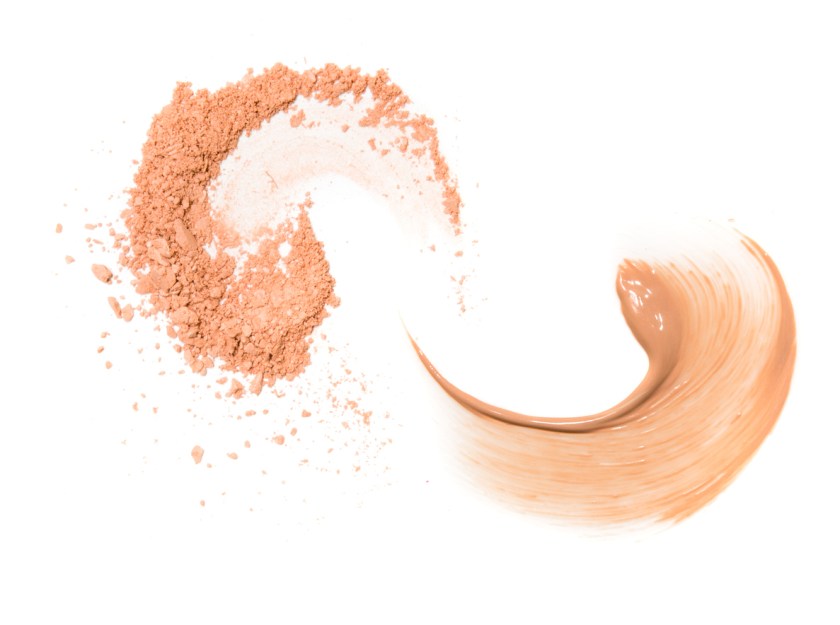Consumer behavioural shifts stemming from a focus on eco-friendly choices has prompted some wonderful new additions to the market, and we’re seeing more choice than ever before. Sunscreens are no exception, and the questions surrounding the chemicals in sunscreens are now being asked louder and more frequently.
According to the Australian Cancer Council, chemical sunscreens contain ‘UV absorbers’ which are, as the name suggests, chemicals that absorb UV radiation. They then convert it to a very low level of heat. Though most sunscreen users go unaffected by this conversion, it explains why some people may feel uncomfortably hot after wearing sunscreen over a long period of time. It is also absorbed and penetrates the bloodstream – a fact that many clients find uncomfortable.
Physical sunscreens refer to those containing ‘UV reflectors’, which scatter UV radiation as opposed to absorbing it, avoiding that hot sensation and instead acting like an exterior shield that sunlight bounces off. These reflectors are most commonly zinc oxide and titanium dioxide, which are also key ingredients in most brands of mineral makeup. This is why mineral foundation will generally offer some kind of SPF.
Although the number of physical sunscreens on the market is increasing, they’re still not commonly accessible, and consumers won’t find any amongst the chemical varieties at the supermarket. But as the organic, chemical-free skincare trend continues to boom, the popularity of physical sunscreens is likely to skyrocket.
So what’s wrong with chemical sunscreen anyway? Well, knowledge around the major chemical ingredients is severely lacking, with research still being done today. The most common ingredients used in chemical sunscreens are Octylcrylene, Avobenzone, Octinoxate, Octisalate and OxyBenzone. These known to cause hormonal imbalances, and possibly even increase the risk of various cancers and other endocrine disorders.
In addition to the harmful effects on our own bodies, some of these chemicals are even causing chaos on our coral reefs. Oxybenzone has been found to cause gross deformities in baby coral, and great harm to newly hatched Horseshoe Crabs.
So if you or your clients are unsure of the safety around chemical sunscreens, why not offer some physical alternatives? Here are some options:
 Soleo Organics Sunscreen
Soleo Organics Sunscreen
Made with organically sourced ingredients, Soléo Organics has been formulated according to naturopathic principles without the use of any chemical UV-absorbers or synthetic preservatives. Water resistant, biodegradable, neutrally scented, low irritant to the skin and only contains natural organically sourced ingredients, using Zinc Oxide as the active ingredient.

Medik8 Physical Sunscreen
This advanced formula utilises a photostable blend of trusted physical filters, titanium dioxide and zinc oxide, to reflect the sun’s radiation away from the skin. It does not induce heat within the skin or clog pores, making it a perfect choice for those prone to redness, sensitivity and blemishes.

Jane Iredale Powder-Me SPF Dry Sunscreen
This dry sunscreen for face and body is formulated without chemical sunscreen actives, and contains a broad spectrum SPF 30. Water resistant for up to 40 minutes, and can even be used on sunburn to help calm and soothe the skin.




